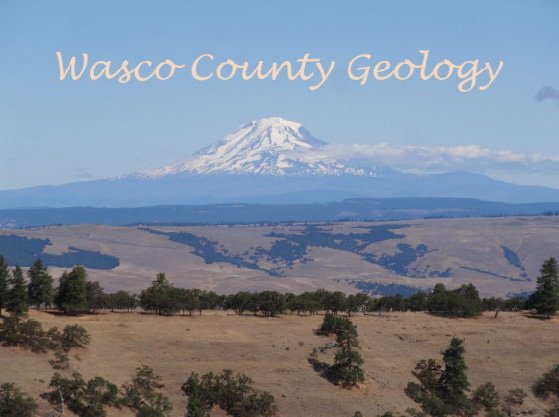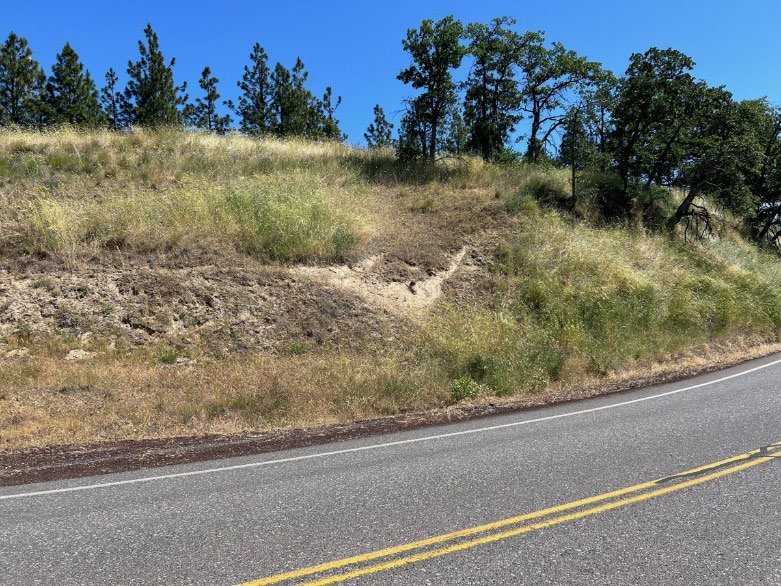The focus of Paul’s presidency was strengthening GSOC’s volunteer base and community connections, especially our longstanding relationship with the PSU Geology Department and the professional geology community beyond — as well as establishing ties with other geoscience and outdoors organizations.
One of Paul’s earlier projects in outreaching to potential GSOC members was to establish an informal meetup hour on the fourth Saturday of the month at a local restaurant near his home in the Woodstock neighborhood. Here people were asked to come and bring interesting rocks to discuss with the group. He advertised this group on the GSOC website and the social media platform Meetup.
During Paul’s presidency, Paul worked to establish closer ties with college students from Portland State University (PSU) and his alma mater, Reed College. During this period, he met an enthusiastic student named Andrew Dunning. Andrew had wanted to study geology ever since his parents took him on family vacations to Death Valley. He was still in his lower undergraduate years at PSU when he started making geology education/travel videos available on the internet.
During the COVID-19 lockdown in 2020, Paul’s meetup group morphed into an online geology forum, and Andrew Dunning was a key element in its success. Geology Talk, as it was originally called, featured Dunning doing a 20-minute Geology News broadcast outlining interesting geologic events which had transpired around the world in the past month. Other programming on Geology Talk included short talks by invited speakers that ranged between professional geologists, society members, and students.
After the COVID lockdown subsided, the Meetup program was reestablished, and the Geology Hour (formerly Geology Talk) was continued. These programs broaden the depth of programming for GSOC and have maintained contact with the students of PSU. Andrew Dunning has left PSU with his master’s degree, and other student moderators and presenters have taken his place.
Paul also worked to establish ties to GSOC’s sister organization Central Oregon Geoscience Society, or COGS, based in Bend, Oregon. GSOC has done several joint field trips with COGS. Paul’s presidential field trip in 2018 to Camp Hancock is one example of that collaboration, as part of the program included a get together of GSOC participants and COGS members at the Clarno Palisades for a picnic and a walk through the fossil-laden palisades lahar deposits.
The Camp Hancock trip also was a collaboration with another group with which Paul had long-term ties, the Rose City Astronomers. Participants in this field trip got to attend geology hikes and lectures by day and watch the stars by night. Geology sessions were led by John Day Fossil Beds National Monument geologist Dr. Nicholas Famoso, and also Dr. William Orr, emeritus from University of Oregon and Karyn Patridge, a researcher studying volcanology in the John Day area. Paul’s lavish field trip guide included all of these items and a historic review of the work of Lon Hancock, a world-renown amateur paleontologist of the John Day and Clarno formations (and a former GSOC president). Refer to the article “Camp Hancock and John Day Basin Field Trip – A Fond Memory,” in the November/December 2018 issue of The Geological Newsletter for a recap of that amazing trip.
Another of Paul’s projects geared towards attracting prospective members into the society was reinstituting geological tours of the downtown buildings in Portland. Paul researched the stone used in many of the downtown buildings and trained a group of society members to lead small groups in the tour. One of the tour offerings attracted 80 participants! Paul still does these tours on occasion.
Paul also created a biking tour of the east bank of the Willamette River with DOGAMI geologist Ian Madin, and that tour has been run several times as well.
Paul Edison-Lahm has not finished his creative communication and outreach work with GSOC. As of 2024, he has remained the Communications Director for GSOC and continues to accomplish amazing results for the society’s mission.
-Carol Hasenberg, 2024











































































